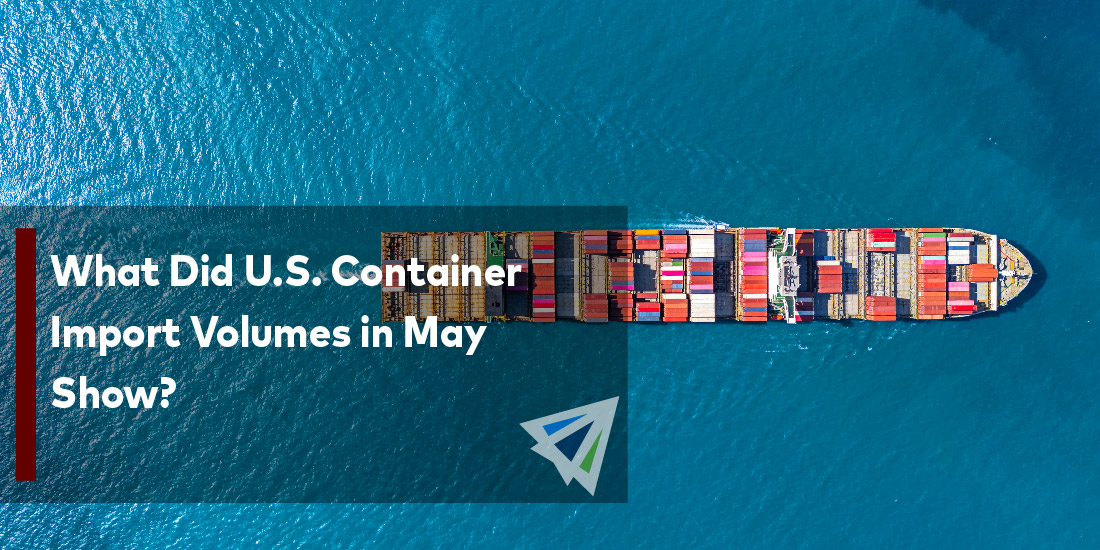The United States experienced a notable increase in the amount of containers imported in May 2024, up 6.2% from April and 11.9% from the same month the previous year. Notwithstanding the uncertainty surrounding the global supply chain, this development demonstrates the resilience of the American economy and the strong demand it has for imports.
China’s Contribution to US Imports
With imports of 890,760 twenty-foot equivalent units (TEUs), a remarkable 17.6% rise from April, China was a major contributor to this surge. Despite the fact that this is still 11.3% behind the August 2022 top, it shows a significant recovery. Plastics and furnishings in particular were the main consumer products that drove this boom. China’s proportion of imports into the United States increased to 38%, demonstrating its sustained market dominance in spite of a minor dip from its peak in February 2022.
Performance and Delays of the Port
Performance at the main US ports varies. With gains of 45,959 and 45,841 TEUs, respectively, the ports of New York and Long Beach drove the expansion. On the other hand, the Port of Los Angeles had a decrease of 26,399 TEUs. In general, the East and Gulf Coast ports witnessed a little decline to 42.1% in their proportion of all U.S. container imports, while the West Coast ports saw a rise to 44.6%.
Results regarding transit delays were inconsistent. Seattle and Norfolk reported improvements, but Charleston and Long Beach saw lengthier wait times. This eclectic combination points to the need for constant adaptations as ports handle divergent degrees of traffic volume and operational effectiveness.
Worldwide Supply Chain Hazards
Even with the encouraging import figures, there are still substantial dangers. Due to maintenance concerns and fluctuations in water levels, the Panama Canal, which is essential for global trade, has not been functioning at its maximum capacity. Despite ongoing improvements, the canal’s capacity limitations continue to be a problem for international trade.
Traditional commerce flows through the Suez Canal are still being disrupted by the Middle East crisis, namely the Houthi attacks on Red Sea maritime routes. This has increased the obstacles associated with international shipping by forcing some shippers to use longer, more expensive routes.
Labor Agreements and Possible Upheavals
The impending labor talks between the United States Maritime Alliance (USMX) and the International Longshoremen’s Association (ILA) pose a serious danger to port operations in the United States. Without a resolution, a prospective strike may have a significant impact on operations at ports along the Gulf and East coast, as the existing agreement expires at the end of September 2024. Though the conclusion of the conversations is yet unknown, both parties are getting ready for them.
The Confounding Shortage of Containers
There is still reportedly a shortage of containers for Chinese exports, despite an increase in the number of empty containers being carried from the United States to China. This paradox implies that bottlenecks are being caused by inefficient logistics or that the flow of containers is not spread equally. The first five months of 2024 saw a 15.5% increase in China’s demand for containers over the same period last year, but the supply doesn’t seem to be keeping up with the demand.
Economic Indices and Prospects for the Future
The American economy is still shown resilience. Consumer spending has not changed despite the Federal Reserve’s decision to keep the borrowing rate at 5.3% in order to contain inflation and a robust labor market. This state of the economy is encouraging for continued import levels.
Still, a number of things may impact U.S. container imports in the future. These include the results of the labor talks in the ILA, possible disruptions resulting from the Panama Canal and hostilities in the Middle East, and continuous modifications to port operations and efficiency.
In conclusion, even though the import data for May 2024 show a strong economy, underlying issues and dangers may have an impact on the stability and expansion of container imports into the United States in the months to come. To negotiate these challenges, supply chain participants need to be alert and flexible.
